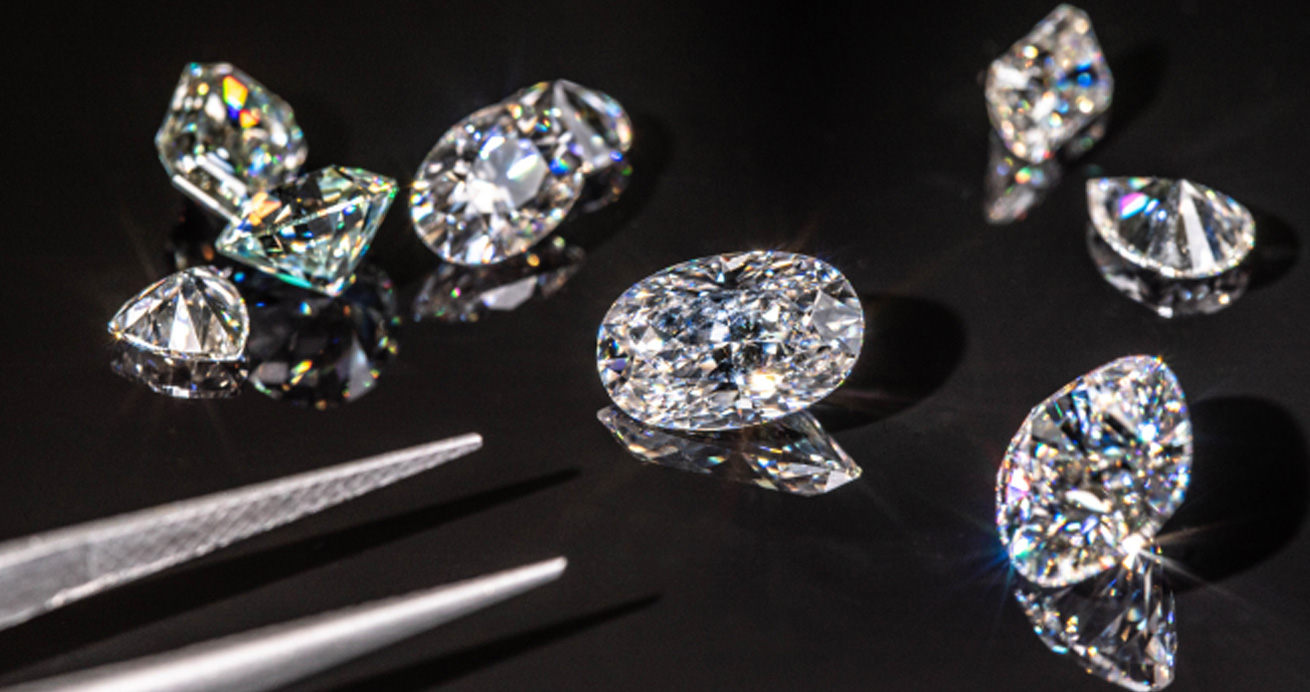
How to Evaluate a Diamond’s Worth: Understanding the Key Diamond Value Factors
Before selling your diamond, you have to get a good idea of how much it’s worth. By understanding what you’re selling, you’re more likely to make a sale and get a deserving amount for it.
Here are some diamond value factors to evaluate before you try and sell your jewelry:
- The 4 C’s of your diamond
- Proportions
- Shape
The 4 C’s of Diamond Value
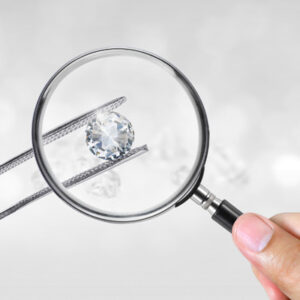 If you’re looking to sell your fine diamond jewelry, it’s essential to understand the factors that determine its value. Jewelry buyers consider the 4 C’s: Color, Clarity, Cut, and Carat Weight when evaluating diamonds. These characteristics influence how much a buyer will offer for your jewelry, so it’s crucial to know what you have.
If you’re looking to sell your fine diamond jewelry, it’s essential to understand the factors that determine its value. Jewelry buyers consider the 4 C’s: Color, Clarity, Cut, and Carat Weight when evaluating diamonds. These characteristics influence how much a buyer will offer for your jewelry, so it’s crucial to know what you have.
First, let’s talk about Color. The clearer the diamond, the higher its value. While some diamonds come in a range of colors, buyers typically prefer those with little to no hue. If your diamond falls into the higher color grade range, you can expect a better offer from the jewelry buyer.
Next up is Clarity. Buyers look for diamonds with fewer inclusions and blemishes. A diamond with no visible flaws under magnification is rare and will fetch a higher price. Make sure you have a grading report from a reputable organization like GIA to prove your diamond’s clarity.
Cut is also critical. A well-cut diamond will maximize its brilliance and fire, making it more desirable to buyers. The buyer will look for precise angles and proportions that reflect light in a pleasing way.
Finally, there’s Carat Weight. While it’s true that larger diamonds tend to command higher prices, buyers also consider the other 3 C’s. A smaller diamond with exceptional color, clarity, and cut can still fetch a high price.
Cut and Proportion
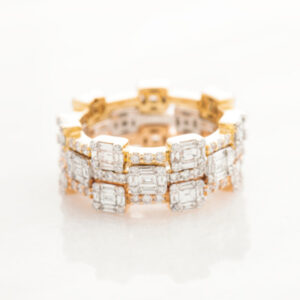 Cut is a fascinating aspect of a diamond that can dramatically impact its value. Imagine two diamonds with the same clarity grade, yet one is worth more due to its precision and symmetry. That’s the power of a diamond’s cut!
Cut is a fascinating aspect of a diamond that can dramatically impact its value. Imagine two diamonds with the same clarity grade, yet one is worth more due to its precision and symmetry. That’s the power of a diamond’s cut!
The person who cuts the stone to shape has a tremendous influence on the diamond’s proportions and overall finish. A diamond with an excellent cut will showcase its natural sparkle and radiance, making it highly sought-after by buyers. Plus, a good cut can even improve a diamond’s color, making it more valuable.
The GIA has a diamond cut scale that ranges from excellent to poor, and buyers pay close attention to this grading system. The precision of a cut can determine how big the stone looks, whether imperfections show or not, and its overall visual effect.
Diamond Shape
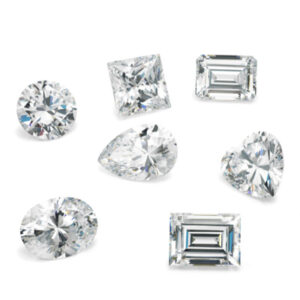 When it comes to diamond shape, there’s a world of possibilities, each with its unique charm and appeal. Whether you prefer the classic round brilliant or a more unconventional shape like the heart or triangle, the shape of a diamond can play a role in its value.
When it comes to diamond shape, there’s a world of possibilities, each with its unique charm and appeal. Whether you prefer the classic round brilliant or a more unconventional shape like the heart or triangle, the shape of a diamond can play a role in its value.
The round brilliant diamond is undoubtedly the most popular, and it’s not hard to see why. This shape maximizes the stone’s brilliance, with sparkling facets that catch the light and create an unparalleled fire. But don’t underestimate the power of other brilliant cut shapes like the oval, marquise, princess, and radiant, which can also make a diamond more valuable due to their light-reflecting qualities.
Steep cuts like the asscher and emerald offer a more understated look, but that doesn’t mean they are any less valuable than brilliantly cut stones. Steep cuts focus on clarity over sparkling facets – if the clarity is high grade, it could be more valuable than a more sparkling counterpart!
Understanding your diamond value factors will help you get the best offer when selling. Make sure you have your diamond appraised by a professional, and provide any grading reports you have to support your asking price. With this knowledge, you’ll be able to make an informed selling decision and get the most out of your investment.
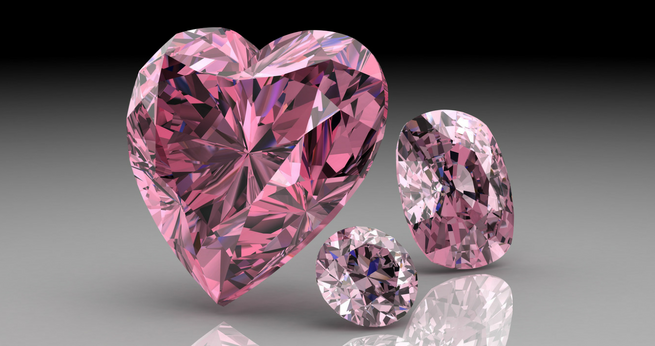
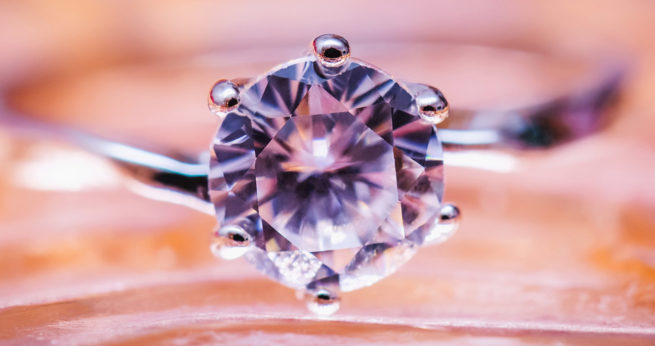
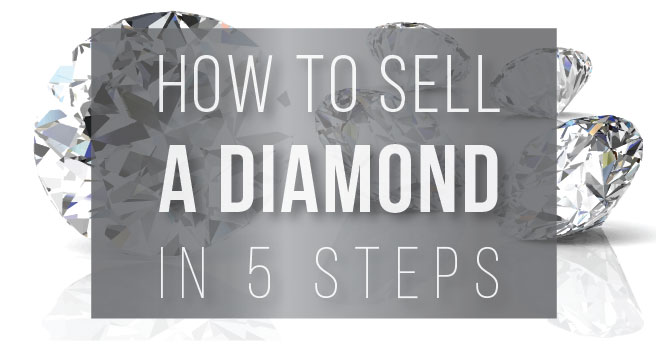
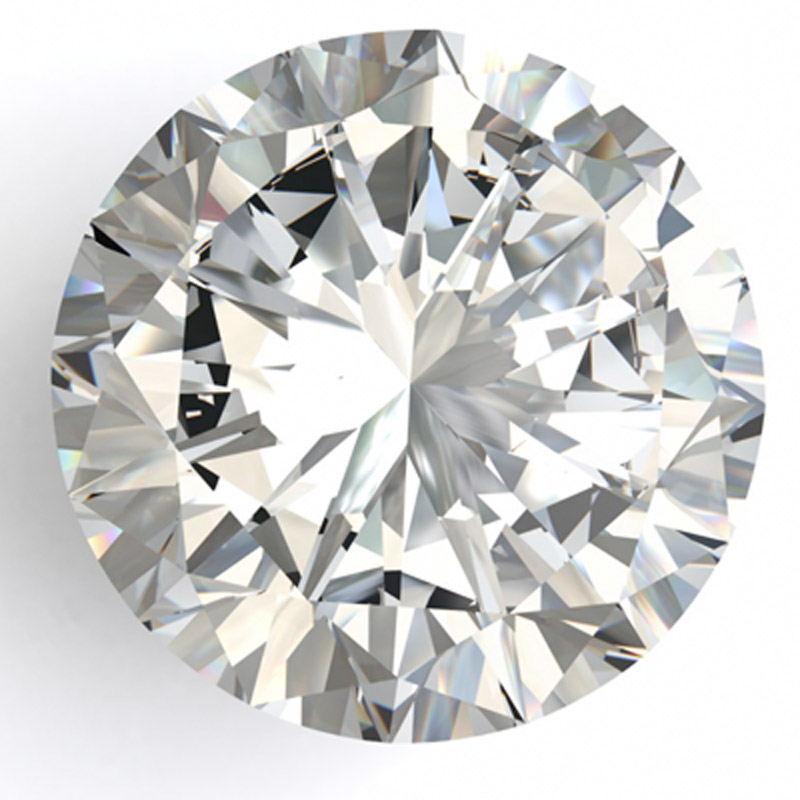
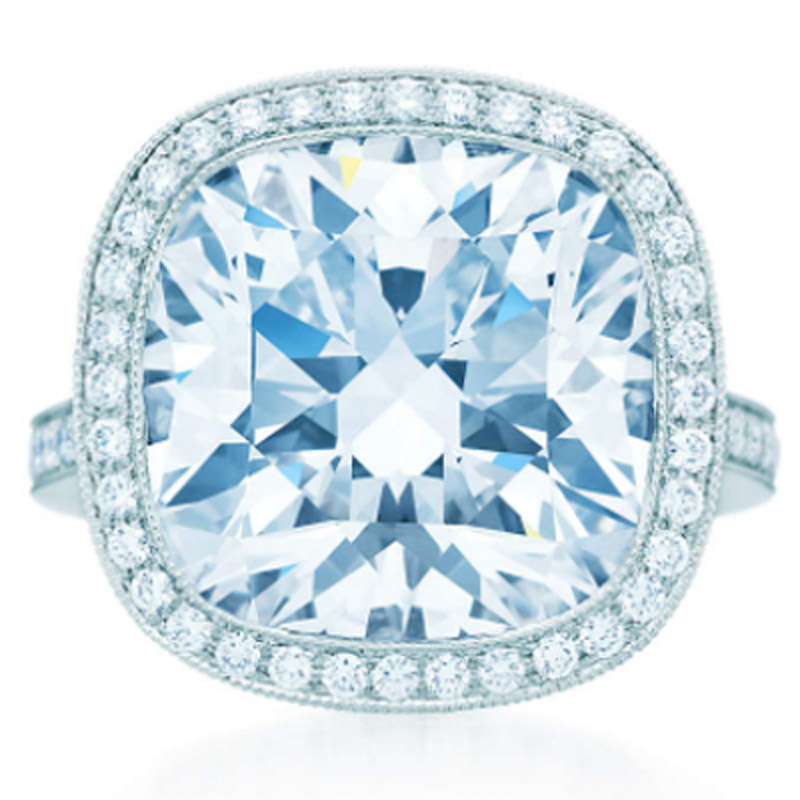
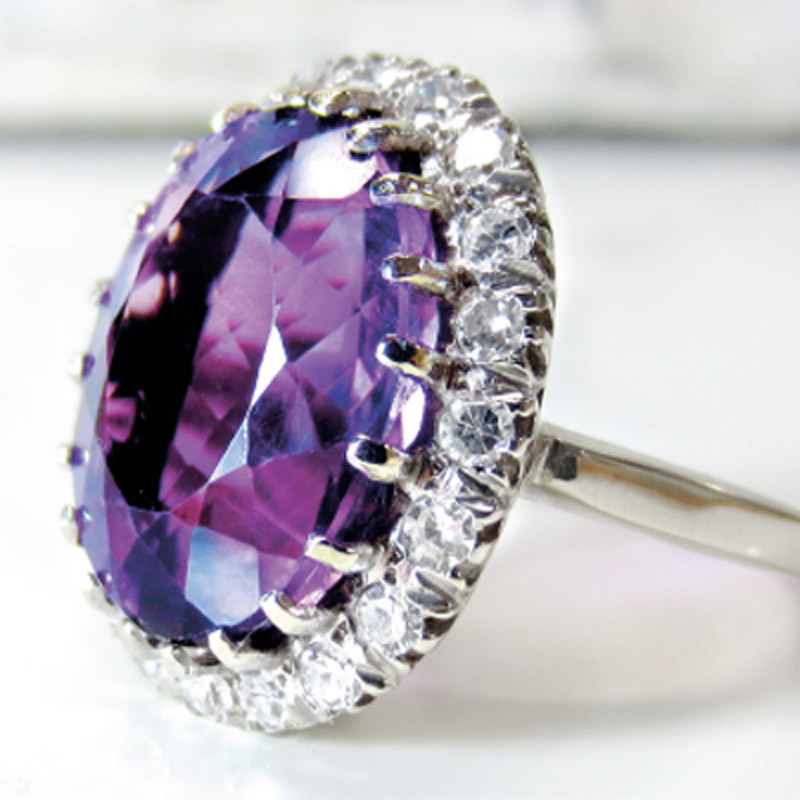
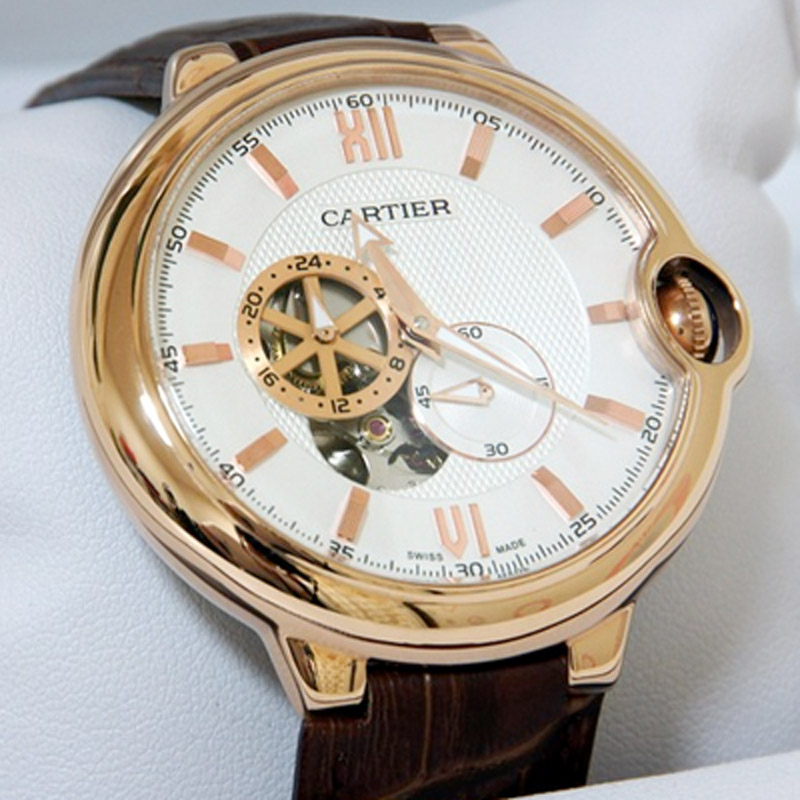

0 Comments